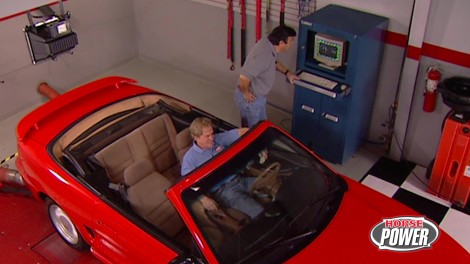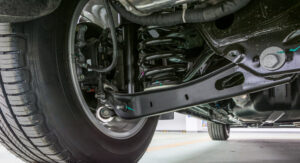
’94 GT Mustang I
Our 1994 Mustang project car, affectionately dubbed the Scarlet Stallion, receives a much-needed performance boost through the installation of a cat-back exhaust system, a cold air kit, and a larger throttle body. With additional upgrades like adjustable fuel regulators and a Mallory ignition system, this stalwart pony is primed for increased horsepower and reliability, promising not only an improvement in sound but also in overall driving experience.
Season 6
Episode 13






























